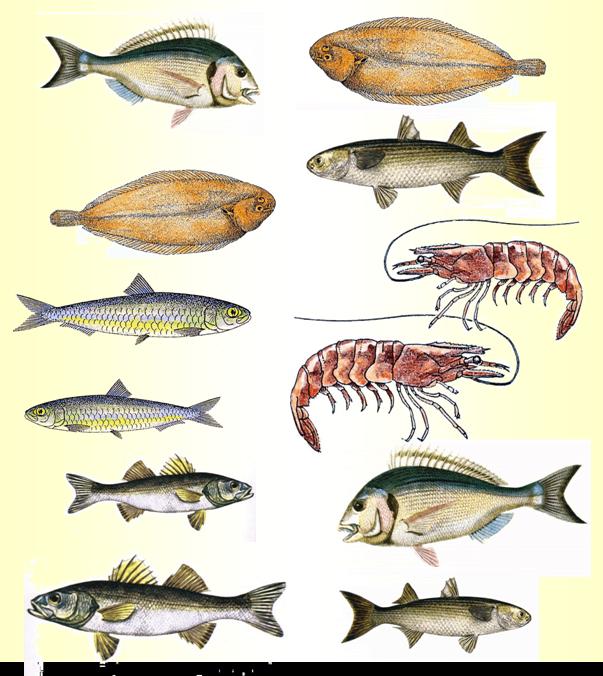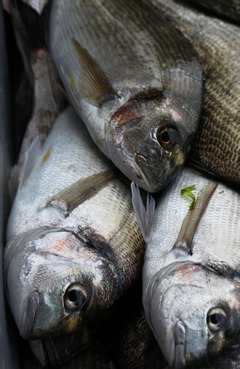What is hypoxia / anoxia?Oxygen is necessary to sustain the life of all fishes and invertebrates. In aquatic environments, oxygen from the atmosphere or from phytoplankton dissolves in the water and helps to meet the respiration needs of all animals, including those that swim or move about the bottom and those that have a sedentary life. Once dissolved into surface waters, the normal condition is for dissolved oxygen to be mixed down into bottom waters. When the supply of oxygen to the bottom is cut off or the consumption rate exceeds resupply, oxygen concentrations decline beyond the point that sustains most animallife. This condition of low dissolved oxygen is known as hypoxia. Anoxia is the complete absence of oxygen. The origin of the termAquatic ecologists have borrowed the term hypoxia (low oxygen) from the medical community but the meaning and processes are the same. The medical condition is where the body or a part of the body is deprived of adequate oxygen. Similarly, a water body can be deprived of adequate oxygen. Strenuous physical exercise may reduce concentrations of oxygen in the blood as a normal course of activity. Similarly, dissolved oxygen concentrations will fall below 100% saturation through the process of respiration. How hypoxia occursCoastal hypoxia seems to follow a predictable pattern of eutrophication first enhancing the deposition of organic matter, which in turn promotes microbial growth and respiration and produces a greater demand for oxygen. DO levels become depleted if the water column stratifies. In the second phase, hypoxia occurs transiently, accompanied by mass mortalities of benthic animals. With time and further build up of nutrients and organic matter in the sediments, a third phase is initiated, and hypoxia becomes seasonal or periodic, characterized by boom-and-bust cycles of animal populations. If hypoxia persists for years and organic matter and nutrients accumulate in the sediments, a fourth phase is entered, during which the hypoxic zone expands, and as the concentration of DO continues to fall, anoxia is established and microbially generated H2S is released. Oxygen threshold in hypoxiaIt is agreed to consider a general value for hypoxia of 30% oxygen saturation, or about 2 mg/L. As a point of reference, air is about 280 mg/L Ο2. Thresholds of hypoxia vary for different groups of organisms: Fish: 1.54 mg/L Ο2 Crustaceans: 2.45 mg/L Ο2 Gastropods: 0.89 mg/L Ο2 Bivalves: 1.42 mg/L Ο2 Under both natural and eutrophication caused hypoxia there is loss of diversity, through attrition of intolerant species and elevated dominance of more resistant species, as well as reductions in body size. |
|








